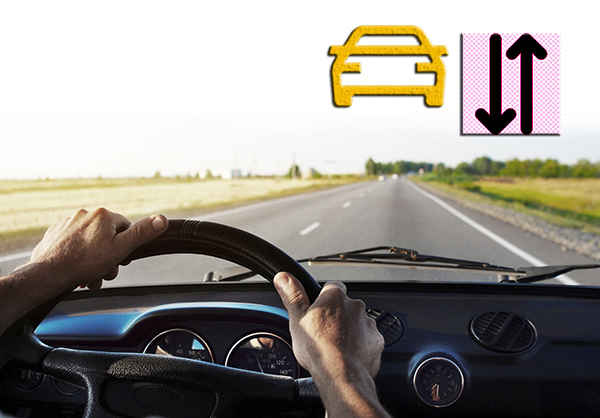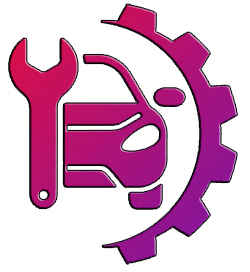Why is my car swaying on the highway?
Reasons Your Car Might Sway on the Highway

- Tire Issues
Uneven Tire Pressure: Overinflated or underinflated tires can affect your car’s handling.
Worn Tires: Tires with uneven or insufficient tread can cause the car to sway, especially at high speeds.
Wheel Alignment: Misaligned wheels can make the car pull to one side, resulting in a swaying motion.
- Suspension Problems
Worn Shock Absorbers or Struts: These components help control your car’s movement and keep the tires in contact with the road. If they’re worn out, the car may sway.
Broken or Worn Bushings: Bushings cushion the suspension components. If they’re worn or broken, it can cause instability.
- Problems with the Steering System
Loose or Worn Steering Components: Parts – example: tie rods, ball joints, and the steering rack can deteriorate or become loose, leading to a loose steering feel and causing the car to sway.
- Weight Distribution
Improperly Loaded Vehicle: If the car is loaded unevenly, it can affect handling. This includes unbalanced loads in the trunk or roof rack.
Passenger and Cargo Weight: Uneven distribution of passengers and cargo can lead to swaying.
- Wind and Road Conditions
Strong Crosswinds: High winds can push your car from side to side, especially if it’s a lighter vehicle.
Road Surface: Uneven or rough road surfaces can cause the car to sway.
What to Do

Check Tire Pressure and Condition:
- Regularly check and maintain proper tire pressure.
- Inspect tires for wear and replace them if necessary.
Inspect Suspension System:
- Have a mechanic inspect your shock absorbers, struts, and bushings.
- Replace any worn or damaged suspension components.
Align and Balance Wheels:
- Ensure your wheels are properly aligned and balanced.
- Get regular wheel alignments as part of routine maintenance.
Check Steering Components:
- Have a professional inspect the steering system.
- Replace any loose or worn parts.
Distribute Weight Evenly:
- Evenly distribute cargo in your vehicle.
- Avoid overloading one side of the car.
Be Mindful of External Conditions:
- Slow down in strong winds and adjust your driving to the conditions of the road.
Interesting Information

History of Suspension Systems: The first automobile suspension systems were developed in the late 19th century, significantly improving ride comfort and handling.
Importance of Tire Maintenance: Proper tire maintenance can extend tire life by up to 50% and improve fuel efficiency by up to 3%.
Aerodynamics and Sway: Modern cars are designed with aerodynamics in mind to reduce the impact of crosswinds, but roof racks and open windows can negate these benefits.
Safety Advancements: Advanced suspension systems like adaptive dampers can automatically adjust to road conditions in real-time, significantly reducing swaying and improving safety.
Regular maintenance and being aware of potential issues can help you avoid the discomfort and danger of a swaying car on the highway. If you experience persistent swaying, it’s best to have your vehicle inspected by a professional to ensure it’s safe to drive.












